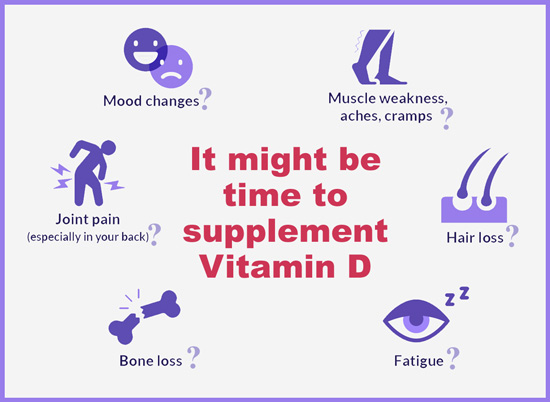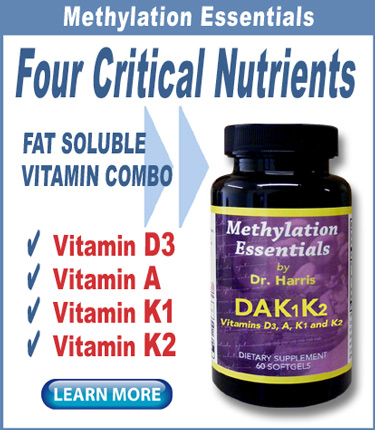First the good news: During the Covid pandemic more people became aware of the immune benefits of Vitamin D, so supplementing with the critical nutrient increased.
Now the bad news: Even with the increase in supplementing, Vitamin D deficiency is still more common than you might think. Globally, studies suggest roughly one billion people are Vitamin D deficient.
In the U.S., 42% of adults are deficient—and it gets worse from there. Fifty percent of children aged between one and five are deficient, while a whopping 70% of children aged between six and 11 are deficient.
The statistics are even higher for people with dark skin. Nearly 63% of Hispanic adults and 82% of African American adults are Vitamin D deficient.
Despite high rates, many people don’t know they are Vitamin D deficient. This is because the deficiency can mimic other conditions, and general tiredness and symptoms often appear many months or even years after a person becomes deficient.
If deficiency stats aren’t enough to convince you that Vitamin D supplementing should be part of your nutrition regimen, the sheer volume of research proving Vitamin D’s importance should.
Here are four studies—from four different countries—published in a single month that highlight the diverse health benefits of optimized Vitamin D intake.
STUDY 1: Support for fatigue
A systematic review and meta-analysis of published random control trials found that Vitamin D supplementation, used as an intervention, was able to reduce fatigue in multiple sclerosis patients.
The study was conducted at the University of Castilla La Mancha in Toledo, Spain. The results were published in Nutrients in June 2023.
STUDY 2: BMI and metabolic syndrome support
A study conducted in Poland on female patients with polycystic ovary syndrome found that Vitamin D reduced metabolic syndrome, body mass index (BMI), weight-height ratio, waist circumference, and blood pressure.
Commenting on medical treatment for women’s issues, the researchers noted: “Unfortunately, the crucial role of meaningful supplementation tends to be forgotten.”
The study was published at Pomeranian Medical University in Szczecin, Poland and the results were published in Nutrients in June 2023.
STUDY 3: Pain reduction
A systematic review and meta-analysis observed a “significant reduction” in pain associated with menstrual cramps following Vitamin D supplementation. The researchers noted that reductions in pain were most significant in those taking doses over 50,000 IU per week.
The study was conducted at Taipei Medical University in Taiwan, and the findings were published in Nutrients in June 2023.
STUDY 4: Fertility support
A study of women undergoing fertility treatment concluded that people living in Northern latitudes, with less sun exposure, have a higher prevalence of Vitamin D insufficiency—and a longer period of infertility.
The study was conducted at the University of Gothenburg in Gothenburg, Sweden, and the findings were published in Nutrients in June 2023.
Conclusion
Humans obtain Vitamin D in three ways: through their skin, from their diet, and from supplements. The human body forms Vitamin D naturally after exposure to sunlight; however, too much sun exposure can lead to skin aging and skin cancer, so many people try to get their vitamin D from other sources.
If you haven’t yet added a Vitamin D supplement to your daily regimen, check out the potent and proven formulas offered by Optimal Health Systems:
• Essential DAK1K2
• Exposure Protection Pak
• Optimal Whole Food Vitamin-Mineral
• Optimal Longevi-D
• Opti-Immune-VRL
– – –
Sources: Listed with each study above.



